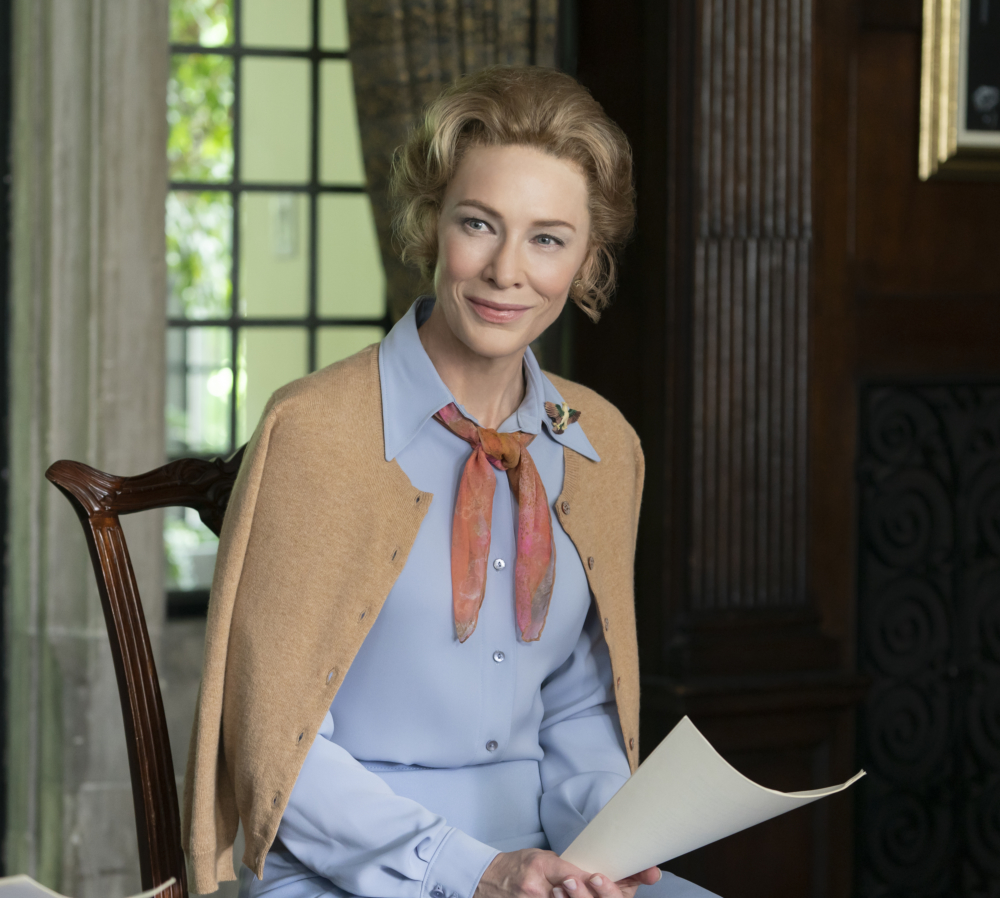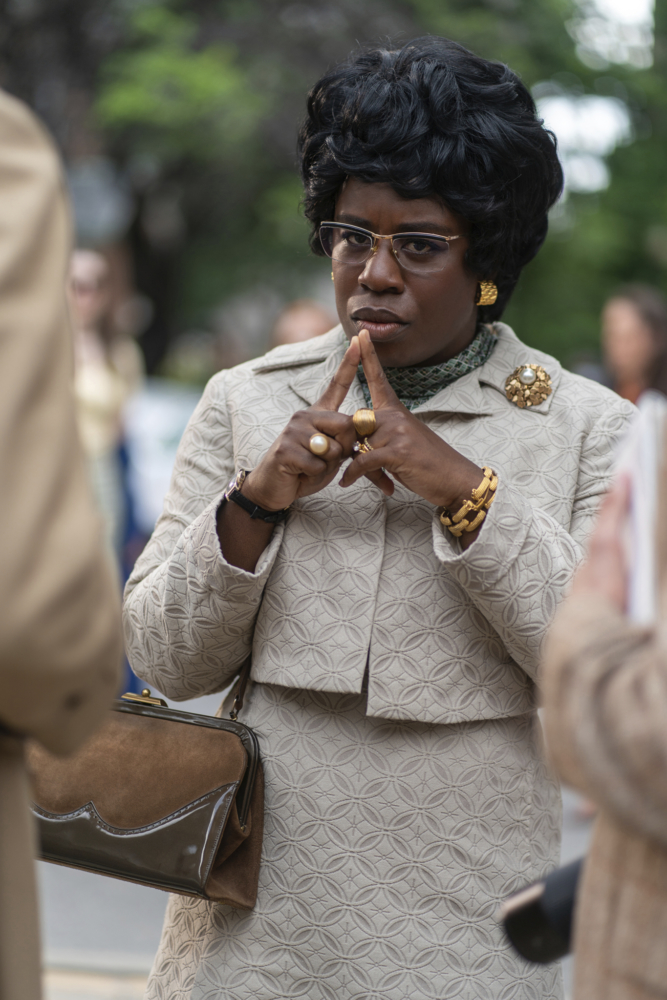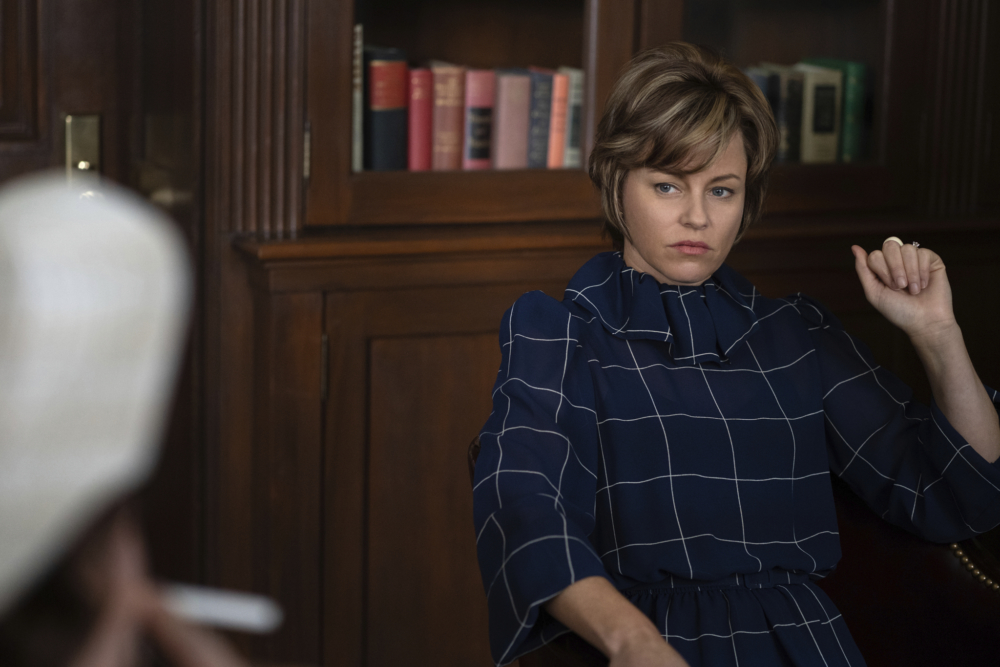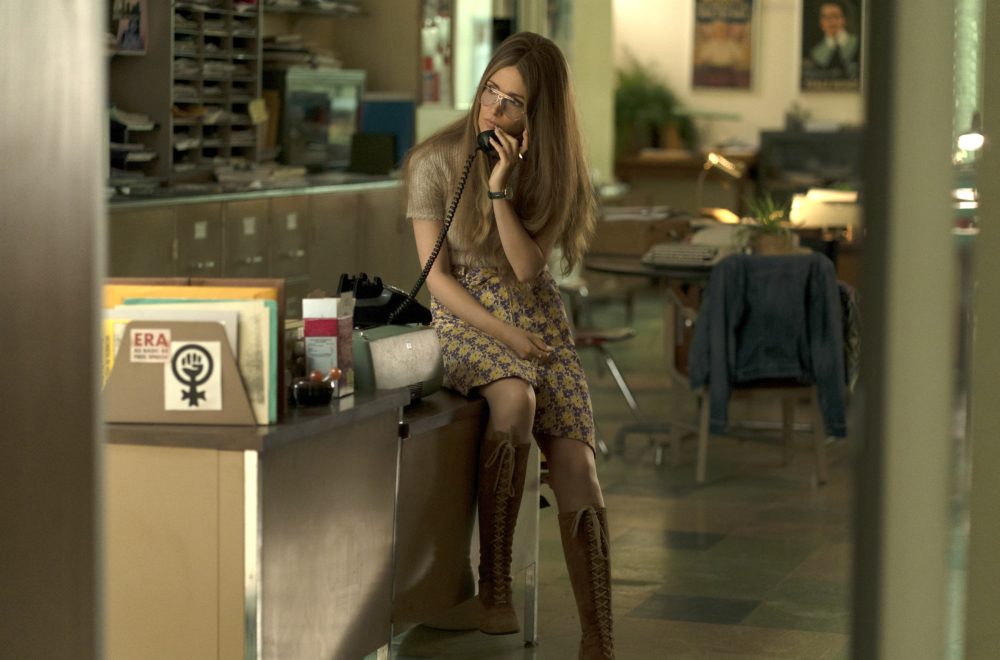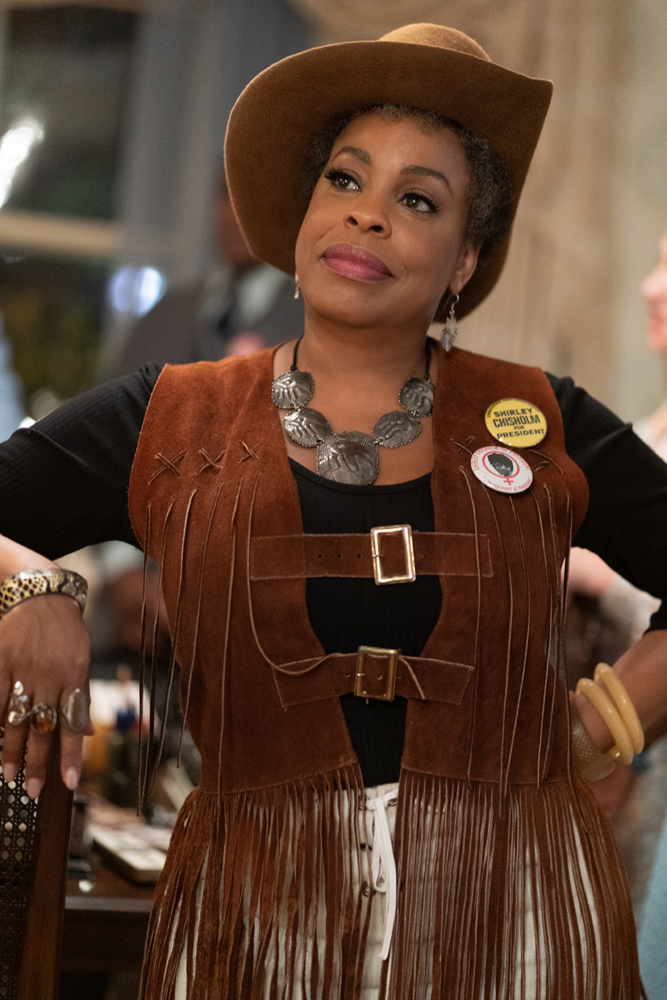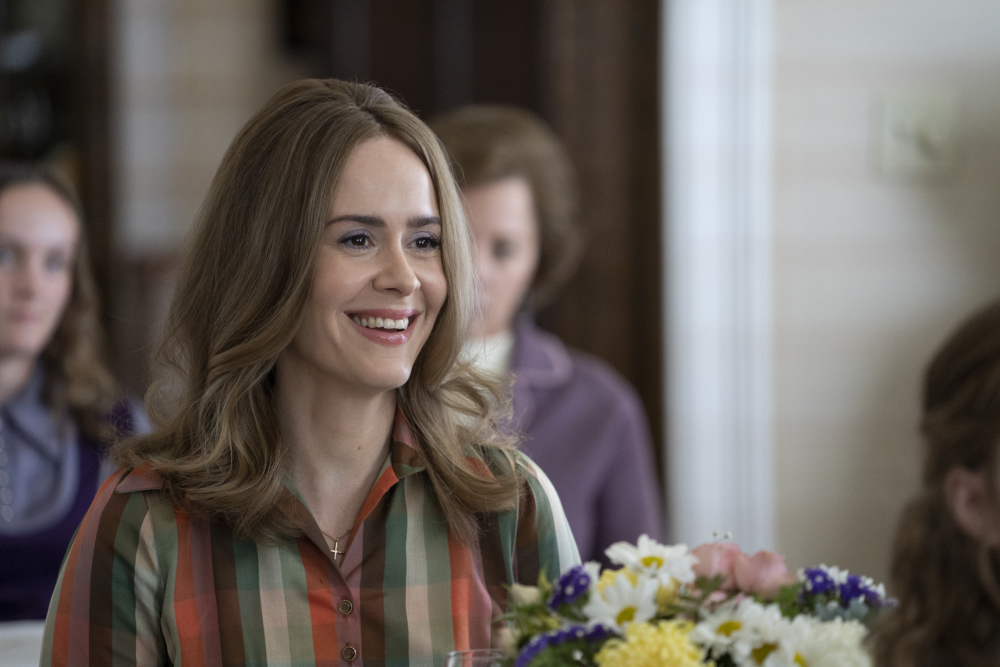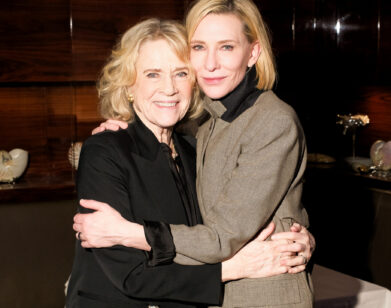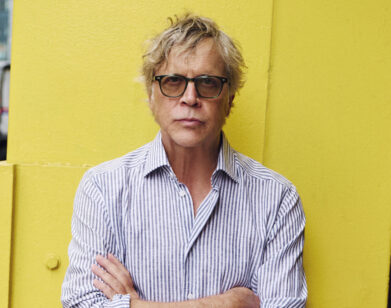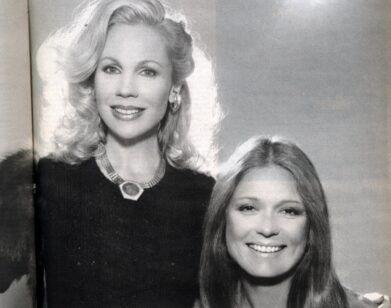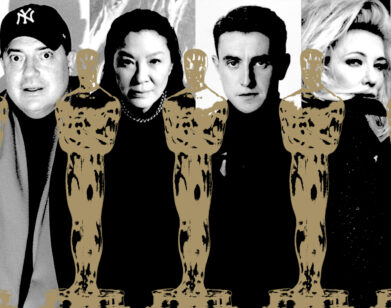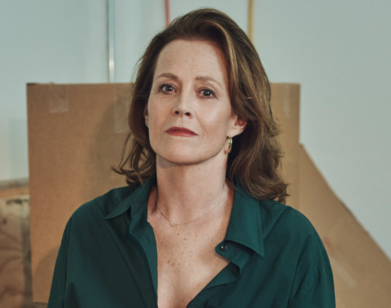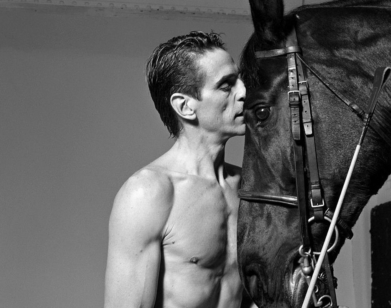How Mrs. America Costume Designer Bina Daigeler Dressed A Decade
Mrs. America, FX on Hulu’s new limited series about the ratification of the Equal Rights Amendment in the 1970s, assembles an assortment of on-screen talent that surpasses even Marvel’s best efforts: Cate Blanchett as the conservative leader Phyllis Schlafly, Rose Byrne and Uzo Adoba as modern feminist icons Gloria Steinem and Shirley Chisholm, as well as Elizabeth Banks, Niecy Nash, Margo Martindale, James Marsden, Kayli Carter, and Sarah Paulson in the mix. Bina Daigeler, the show’s costume designer, was tasked with establishing an air of historical accuracy while also adding a contemporary flair. Though she worked with a trove of historical images, including photographs and television appearances, Daigeler also had to consider how the costumes operated beyond a fashion statement, and how the clothes expressed the characters’ varying emotional states.
As Daigeler explained, visual accuracy was only one part of the story: “You also had all the moments with the characters at their homes, where there is no research. Who are they when they are at home? When they are off screen, what would they wear?” Below, she breaks down her process for costuming a handful of the major characters, how their looks evolved over the course of a decade, and how she worked to bring historical events into the modern mindset.
———
Cate Blanchett as Phyllis Schlafly
“Cate and I thought that Phyllis was a person who always was very, very put together. Fashion was very different—it was not so common. Now, we have shops like H&M and Zara and you can buy the same collection all over the world. But in the ’70s, that was not the case. Women like Phyllis would go to buy their fabrics to take to the tailor and make the outfits. So they’d be more custom-made and handmade. They had their winter closet and they had the summer closet, and then they needed five pairs of shoes, and that was it. It was a complete other approach to fashion. I tried somehow to build their closet in the same way.
You’ve got to go with your intuition and talk with the actresses in the fittings. You’re trying to get like a puzzle together, and at the end, you’ll have a closet for them that makes sense. On one side there’s the fashion aspect, but on the other side there’s the emotional aspect.”
———
Uzo Aduba as Shirley Chisholm
“She had these very loud prints and colors. There are a lot of images on the internet, which is why I really tried to copy exactly her very, very particular style. She had a very particular style of accessory and always matched from top to toe. I think she was very conscious that she was a public figure. She’s somebody who everybody looks at, and she was a very powerful figure for black women. She needed the support, so she knew she had to nail it in every sense. When you dress people that really existed, it doesn’t matter if you like them or not. I want them to see the costumes and say, ‘Yeah, that makes sense.’ That is a responsibility and also a challenge.”
———
Elizabeth Banks as Jill Ruckelshaus
“When you look at the first three episodes, I had a very strict color concept. The two worlds were completely separate—the shoes were very different, the accessories. There were no anti-ERA women who would wear pants, and they’re all in these pastel colors. Then the more liberal women were much for colorful, and they wear pants. There was more of a hippie influence.
But then in fashion and in real life, from the mid-’70s into the ’80s, these two worlds merged. Then there were housewives that were completely in favor of abortion and the idea of emancipation. A good example is Elizabeth Banks’s character. She’s a Republican, but she’s super fashionable. We would mix her up with the libbers, and she shares the ideas of the libbers, but still she’s a Republican. And that’s what happened in the later episodes. I wanted to show that, at the end, fashion changed. The fight for emancipation got so public, it reached more and more women and all different kinds of people, and it wasn’t as clear who was on which side. I tried to reflect that in my costume design.”
———
Rose Byrne as Gloria Steinem
“I was super, super lucky that I had Rose Byrne, because for me, Gloria Steinem is definitely a fashion icon. The amazing thing about her is it’s so effortless. She was just in a pair of jeans, a t-shirt, and a belt. She had this charisma and she looked amazing in anything, and Rose Byrne is the same. All her costumes, her jeans, the t-shirts, everything what she was wearing is custom-made. It’s not a vintage. I just made the same pair of perfect jeans and the perfect t-shirt for Rose.”
———
Niecy Nash as Flo Kennedy
“Niecy brings a lot of her own style with it, and she’s just a natural talent. She came in for very specific moments, so we had to be very fast and concrete to build her character. She knew exactly where she wanted to go and I just tried to provide her with the items that she needed to match her character.
The biggest challenge is trying to be true and realistic to the period, but also somehow make it from a contemporary point of view. I think that the story is so important, and I don’t want our younger audience to see it like it’s something in the past because it’s not. I want to encourage every young woman to keep going, to keep fighting for equal rights for everybody.”
———
Sarah Paulson as Alice Macray
“Sarah’s character doesn’t exist in real life. I wanted to have her more colorful than Phyllis. Sarah’s always very, very busy, so we had two fittings where we just ran through a huge amount of clothes. We made two piles—yes and no. Then we divided them into three categories, the first for the early ’70s, then the mid ’70s, and the late ’70s. At the beginning, we have these lighter pastel colors, and then I knew I wanted her to go to the dark side. She questions Phyllis’s ideas and wanted to represent that through the darker colors. She is the character who really changes and grows up and makes her own decisions.
In the first fitting we had, we took everything that we liked as a base and then we designed all the other things. I think for all the actresses, we had a lot of fun. In the fittings definitely we approached it with a lot of fun—Cate and Sarah are these emancipated women now, and having them play these very conservative housewives … there was a lot of laughing going on in the fittings. With Sarah, we were laughing a lot. She always said, ‘Bina, stop laughing! This is very serious.’ I said, ‘Yeah, yeah, I take it seriously!'”

